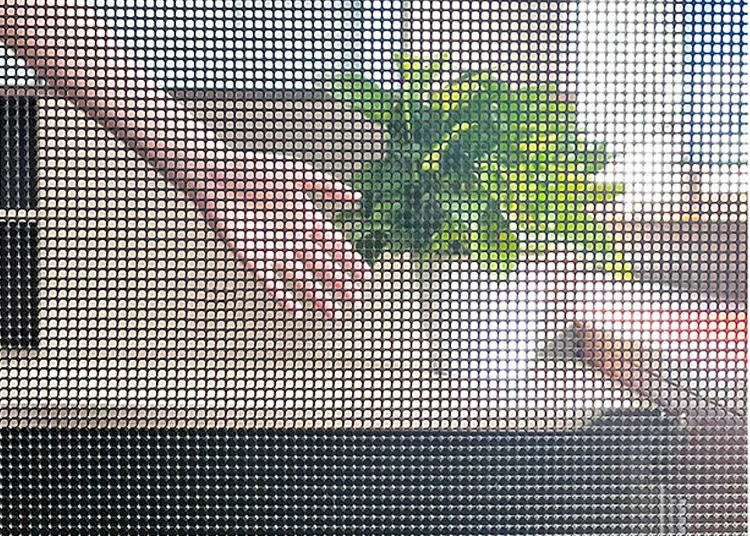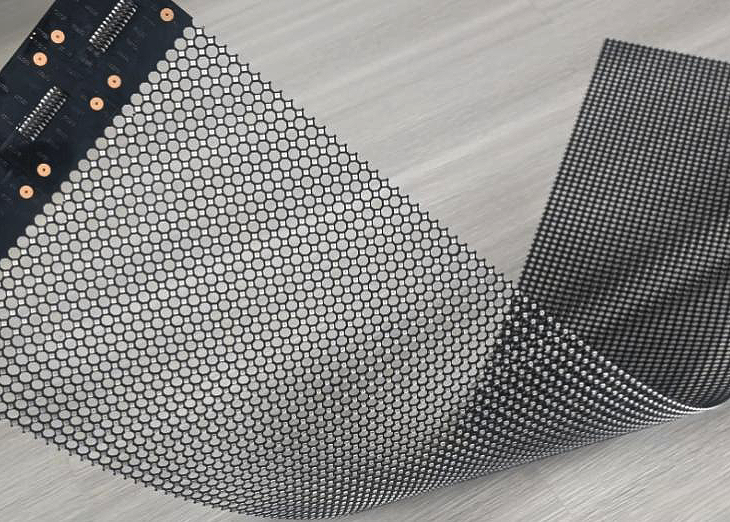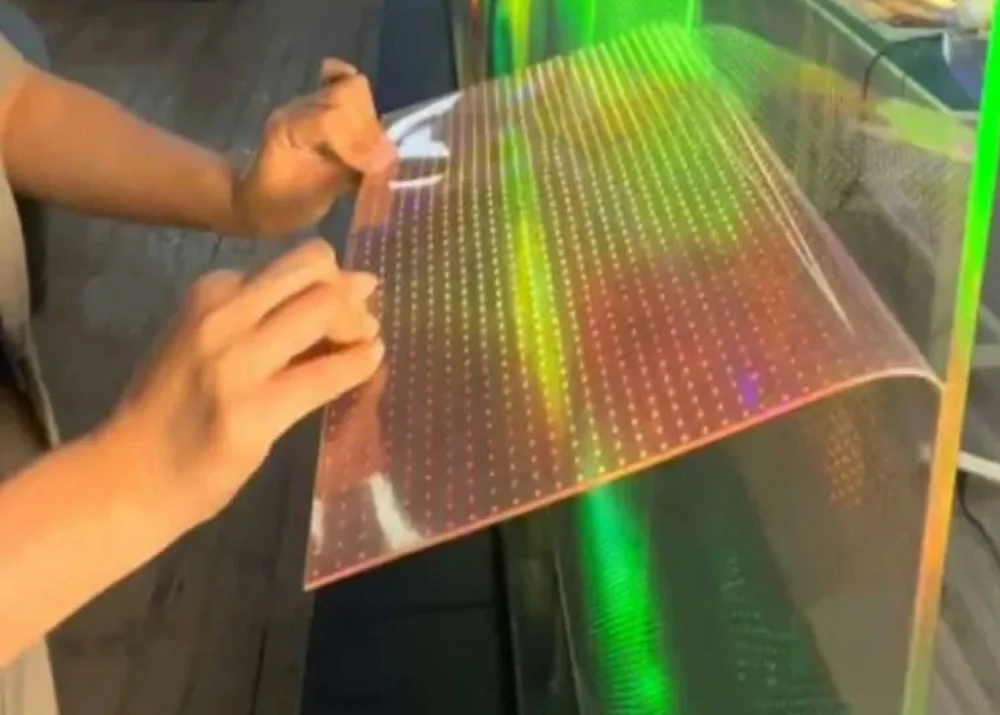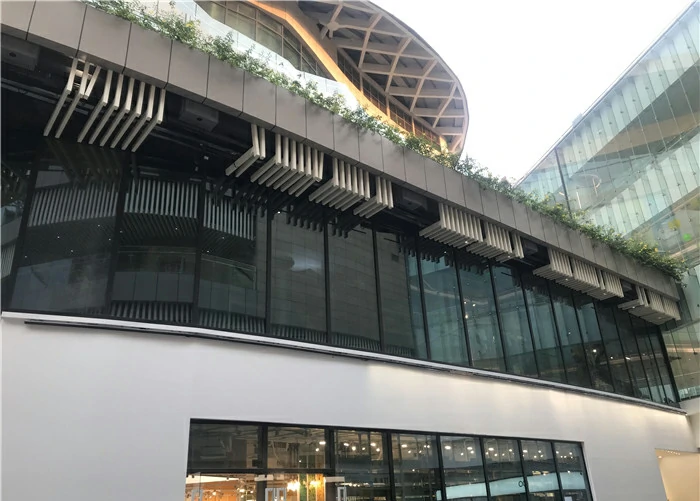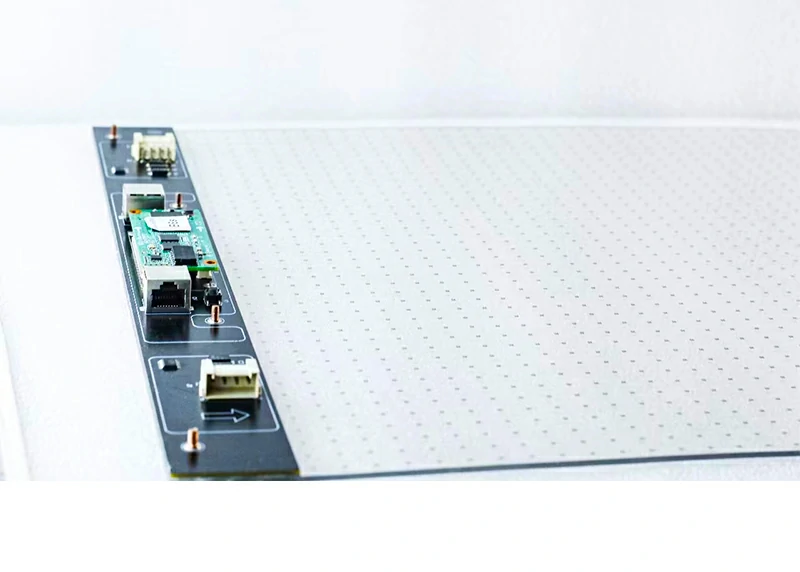Holographic displays have been on the market for many years, but their widespread acceptance really took off in 2024. Currently, there are two main types in the holographic display market: LED holographic screens and holographic fan screens. Both fall under the category of holographic displays but differ significantly in their approach.

The primary differences between holographic fan screens and LED holographic screens lie in their imaging methods. Holographic fan screens use the “POV” (Persistence of Vision) principle to create images through the rotation of LED strips, while LED holographic transparent screens utilize grid-patterned LED matrices for image projection. For a more detailed comparison, consider the following:
1. Concept
Holographic fan screens are innovative display technologies that leverage the Persistence of Vision (POV) principle. They create continuous images through high-speed rotating LED blades to achieve a 3D holographic effect. LED holographic transparent screens, on the other hand, use LED technology to create transparent display effects through grid-patterned designs.

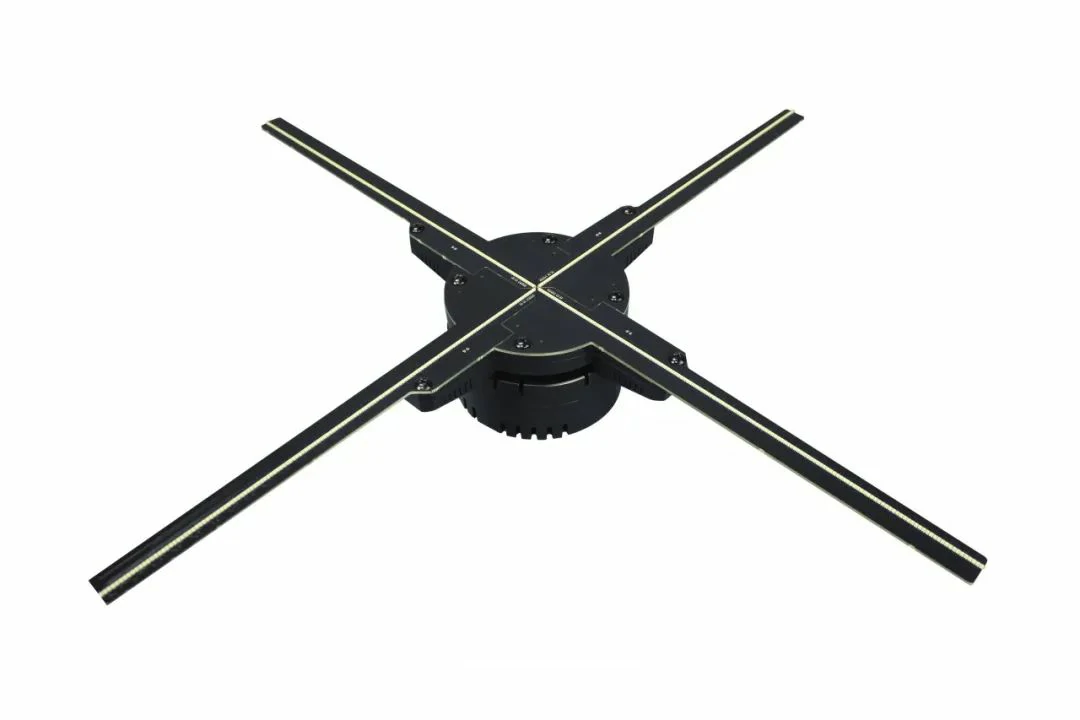
2. Imaging Principles
Holographic fan screens employ POV display technology, where rotating crystals continuously change to form coherent images, exploiting the visual persistence of the human eye to achieve a seamless 3D holographic effect. LED holographic screens generate images using arrays of LED pixels or LED bulbs.
Persistence of Vision: This phenomenon refers to the residual image that persists in the visual field after the cessation of a visual stimulus, due to a short-term neurological effect.
3. Transparency Principle and Translucency
Holographic fan screens use densely packed LED bulbs that, through rotational motion, create continuous light patterns that merge into complete images, making the physical structure of the fan appear transparent, achieving up to 95% transparency. LED holographic transparent screens achieve transparency through the arrangement of LED pixels, where P3.91 spacing provides 80% transparency, and P6.25 spacing achieves 90%. In terms of transparency, holographic fan screens offer some advantages.
4. Production Processes
Holographic fan screens involve mounting high-brightness, low-power LED bulbs onto lightweight fan blades, installing them on motors, and calibrating them via control systems to ensure clear and coherent images. The production process is relatively complex. In contrast, LED holographic transparent screens simplify production by mechanically assembling LED matrix modules onto grid-patterned panels without conventional frame structures.
5. Installation Methods
LED holographic screens are easier to install compared to holographic fan screens. They can be directly applied to glass curtain walls or windows without additional steel structures. In contrast, holographic fans require mounting fan motors on support rods or other steel structures. Therefore, LED holographic screens offer a more convenient installation process.
6. Safety
Many current holographic fan screens expose their fan blades, which can pose risks of injury. In contrast, LED holographic screens are directly applied to glass and can be touched at close proximity.
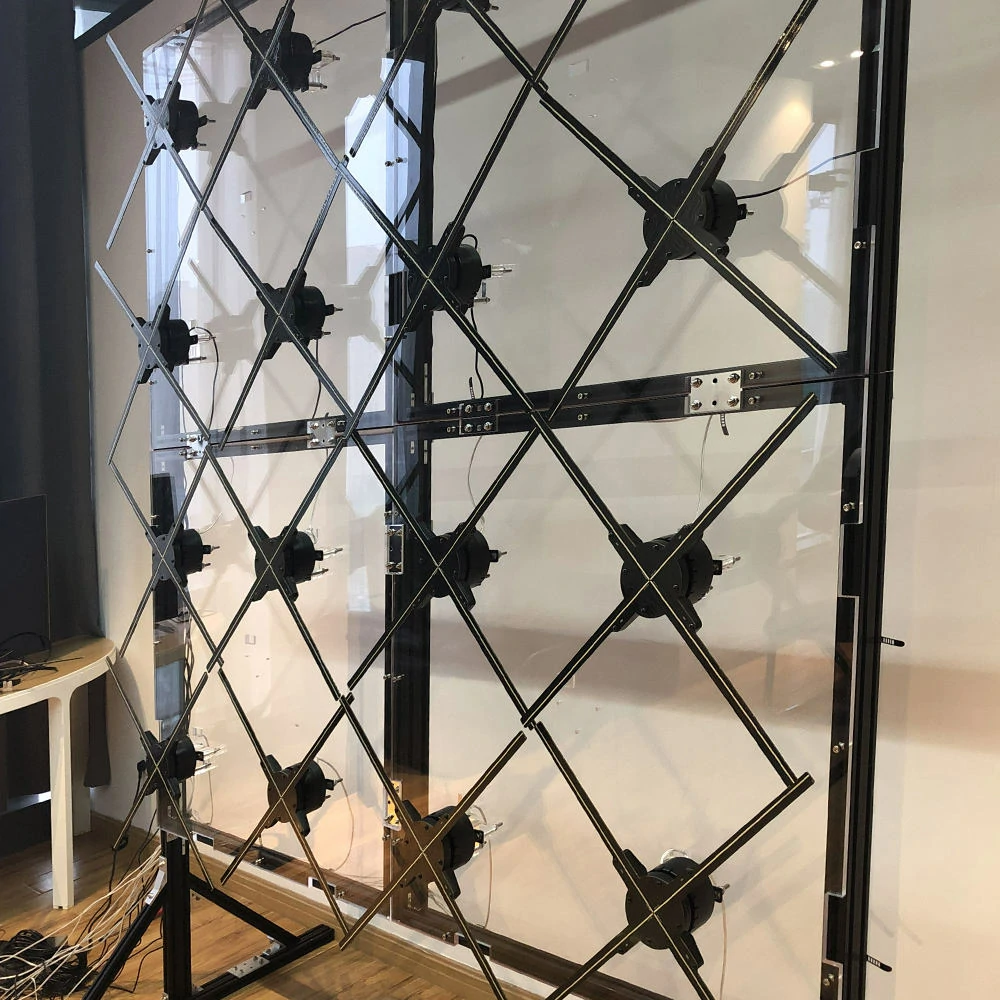
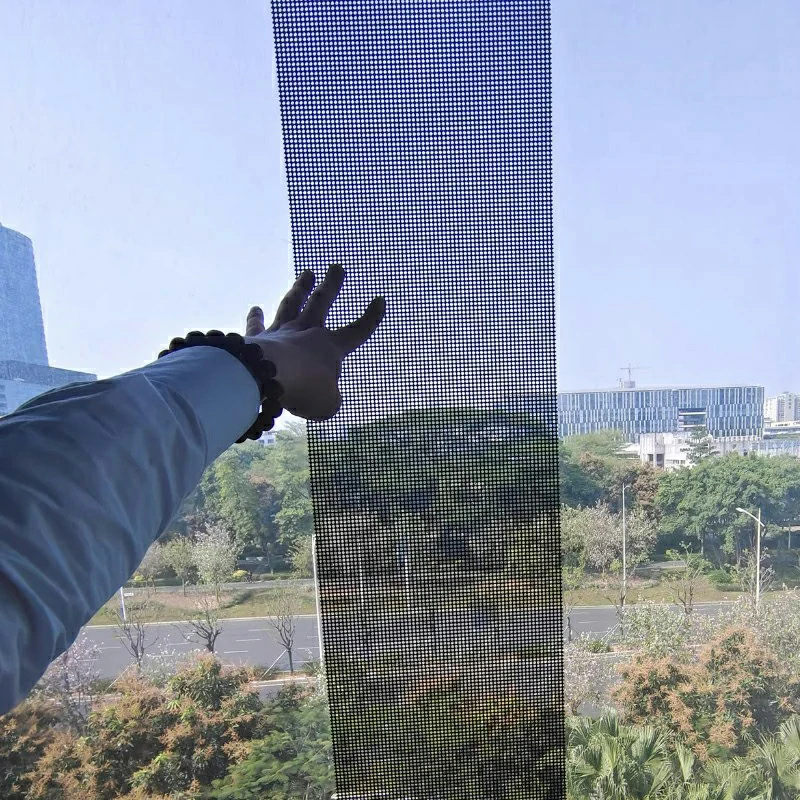
7. Cost
The price of holographic fan screens ranges from hundreds to thousands of dollars, depending on brand and model. LED holographic screens are modular in design, assembling modules to create large screens, making cost comparisons challenging.
8. Market Positioning
Holographic fan screens are primarily positioned for displaying detailed or structurally rich individual items, suitable for small commercial spaces such as boutiques and specialty shops. LED holographic screens find extensive applications in various fields including commercial display windows, exhibition halls, creative displays, entertainment venues, and automotive showrooms, owing to their unique transparency and robust display capabilities.
9. Applications
Holographic fan screens are commonly used in boutiques, bars, specialty shops, elevator entrances, storefronts, and other places, replacing traditional advertising machines to attract foot traffic and disseminate advertising content. They excel in showcasing intricate details or internally rich individual items such as watches, luxury cars, and jewelry. LED holographic screens, on the other hand, have diverse applications in commercial showcase windows, business curtain walls, exhibition halls, creative displays, cultural and entertainment venues, and automotive 4S stores. Whether in commercial display or cultural entertainment, LED holographic transparent screens captivate attention with their unique transparency and powerful display capabilities.

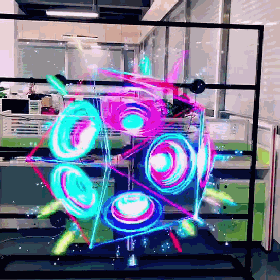
In summary, LED holographic screens are mainly applied in large commercial spaces for displays, while holographic fan screens are more suited for detailed displays in smaller spaces.


